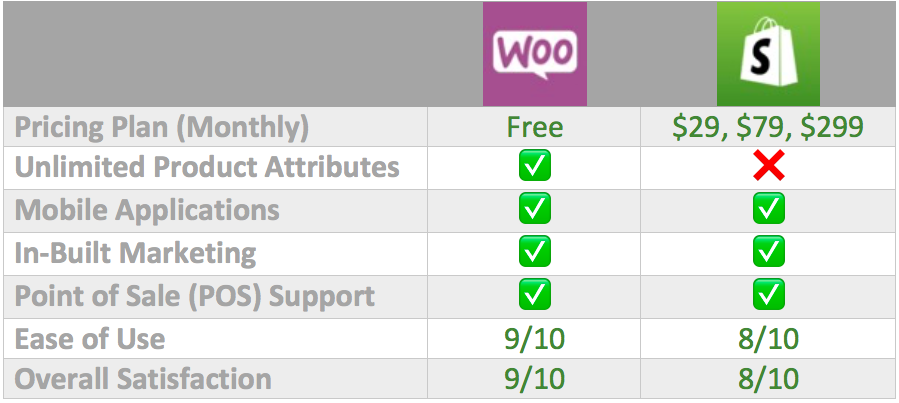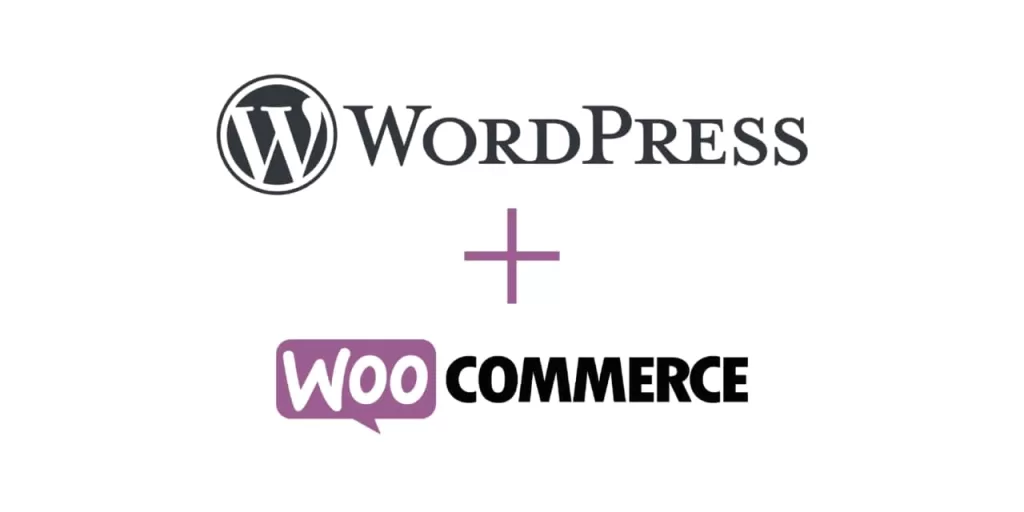When it comes to building an online store, two platforms are often considered top contenders: WooCommerce and Shopify. While both have their advantages, WooCommerce stands out as the superior choice for many reasons, especially for those looking for flexibility, control, and scalability. Here’s a deep dive into why WooCommerce is a better eCommerce platform than Shopify.
WooCommerce Gives You Complete Control and Ownership. Shopify Doesn’t.
One of the standout benefits of WooCommerce is the fact that you have complete control over your website. WooCommerce is a WordPress plugin, which means it’s a self-hosted platform. You own every aspect of your site, from the design to the data. On Shopify, your site is hosted on their servers, and while you have access to your content, Shopify ultimately controls the infrastructure. If Shopify were to change their policies or increase prices, you would have limited control.
With WooCommerce, you can choose your hosting provider, giving you the freedom to scale and modify your hosting environment as needed. Plus, you are in charge of your store’s performance, security, and backup systems.
Unlimited Customization and Flexibility
WooCommerce is an open-source platform, which means you can customize every part of your online store without restriction. Whether it’s adding custom features, adjusting the design, or modifying the backend code, WooCommerce allows developers to create a completely unique store. This is ideal for businesses with specific needs that don’t fit into the out-of-the-box functionality of platforms like Shopify.
While Shopify does offer an app store with numerous add-ons and themes, the customization options are limited compared to WooCommerce. Shopify’s closed system restricts access to the underlying code, meaning you may run into limitations when trying to implement highly custom features. WooCommerce and many of its extensions are open-source WordPress plugins, which allows developers to modify or develop new features if necessary.

Shopify is not the most cost-effective
Shopify has a monthly subscription fee that ranges from $39 to $399 depending on the plan. This fee does not include many of the additional apps and themes needed to fully customize your store, which can add up quickly. Additionally, Shopify charges a transaction fee (unless you use Shopify Payments), which can eat into your profits over time.
WooCommerce, on the other hand, is free to install and use, though you will need to pay for web hosting, a domain name, and potentially premium themes or plugins. However, you won’t face any transaction fees (other than ones charged by the payment gateways you use with it), and since it’s open-source, there are often free or low-cost alternatives to premium add-ons. As your business grows, WooCommerce’s scalability can offer more cost-effective solutions compared to Shopify’s premium plans.
SEO Advantages
Since WooCommerce is built on WordPress, which is known for its superior SEO capabilities, it naturally lends itself to better search engine performance. WordPress offers more advanced SEO plugins like Yoast SEO and Rank Math, which provide granular control over on-page SEO, meta tags, and other optimization features.
Shopify’s SEO features are also robust but more limited compared to WordPress’s flexibility. While you can manage basic SEO settings like title tags, alt text, and meta descriptions, customizing your SEO efforts is more difficult in Shopify due to restrictions in code access.
Larger Plugin and Extension Ecosystem
WooCommerce integrates with thousands of WordPress plugins and extensions. From payment gateways to marketing tools, inventory management, and customer service features, there’s an endless array of plugins to choose from. The flexibility of WooCommerce’s plugin ecosystem means you can tailor your store exactly to your needs without being tied to expensive Shopify apps.
Shopify does have an app store with hundreds of apps, but many of these come with monthly fees, and you’re limited to apps that have been approved by Shopify. WooCommerce, being open-source, gives you access to a larger ecosystem of both free and premium extensions, reducing the need for expensive apps.
Shopify Takes Transaction Fees
One of the biggest differences between WooCommerce and Shopify is in the area of transaction fees. Shopify charges a 2% transaction fee on every sale unless you use Shopify Payments, which is their built-in payment processor. This can be a significant disadvantage for businesses that prefer to use third-party payment gateways.
WooCommerce, on the other hand, does not charge any transaction fees. You only pay the standard fees charged by your payment gateway provider, such as PayPal or Stripe. This can result in significant savings, especially as your store scales.
Shopify Lacks Scalability
WooCommerce offers the ability to scale your store as your business grows. Since it’s built on WordPress, a highly scalable platform, you can easily expand your store’s capabilities by adding more plugins, increasing your server capacity, and even customizing code for complex functionalities. Whether you’re running a small shop or a large-scale eCommerce operation, WooCommerce gives you the flexibility to grow without needing to switch platforms.
Shopify can also handle large volumes of traffic and transactions, but scaling comes with a cost. As you move to higher-tier plans to accommodate more features, the monthly fees increase, and you may need to invest in more expensive third-party apps.
Global Reach with Multilingual and Multi-Currency Support
If your business operates globally, WooCommerce excels with its ability to support multiple languages and currencies. With plugins like WPML or Polylang, you can easily translate your store into different languages. You can also use extensions like WooCommerce Multi-Currency to allow customers to pay in their preferred currency, enhancing the user experience for international customers.
Shopify does support multiple languages and currencies, but the functionality is not as comprehensive. To achieve a similar level of multilingual and multi-currency support in Shopify, you often need to rely on additional apps, some of which come with extra costs.
Community Support and Resources
WooCommerce is backed by a vast and passionate community of developers, designers, and users. As one of the most popular eCommerce platforms, WooCommerce has an abundance of resources, including forums, tutorials, and documentation, making it easy for users to find help when needed. Additionally, WooCommerce’s integration with WordPress means you also benefit from the extensive WordPress community.
Shopify, while also popular, has a smaller community in comparison. While Shopify provides excellent customer support, its closed ecosystem can make it harder for users to troubleshoot issues on their own.
Conclusion
When comparing WooCommerce and Shopify, it’s clear that WooCommerce offers a higher degree of control, flexibility, and scalability, making it the better option for many businesses. If you value customization, want full ownership of your store, and are looking for a more cost-effective solution, WooCommerce is the superior choice. While Shopify may be easier to set up for beginners, WooCommerce’s long-term advantages far outweigh its learning curve.
Ultimately, the best platform for your business depends on your specific needs, but WooCommerce offers unmatched flexibility for store owners who are serious about scaling and customizing their online stores.
Are you seeking assistance in getting your first online store set up? Look no further! CDG is only an email or phone call away! Contact us today for a FREE consultation.


